
Vietnamese ethnic people through the eyes of a French
- on Apr 17, 2018 By: Ngoc Tu DINH
Over the years, French photographer Réhahn has made numerous trips to the highlands and countryside of Vietnam to capture unique moment of men, women and children from 54 ethnic minorities in Viet Nam. "By putting myself learning the language, I find myself fall for the elders and their magical tales," said Réhahn. “Their eyes shine brightly when they talked about their culture and traditions. When wearing traditional clothing, they seem to have returned to the ancients, with pride in their national culture. Their stories have always inspired me until now. " In 2011, Réhahn selected Hoi An town as his hometown in Vietnam. Six years since then, he opened a museum for Vietnamese peoples. His photographs captivate audiences from all over the world, and raise awareness of Vietnam's rich and valuable cultural heritage.
♦ Here are images from his extensive collection.
1. Bana Ethnic group
Bana tribe mainly residents in Gia Lai, Kon Tum, Phu Yen, Binh Thuan and Dak Lak. The Bana (or Bahnar) is famous for its stilted houses in the center of the village and can be as high as 20 meters.


2. Brau Tribe

Mainly living in Dak Me village, Bo Y commune, Kon Tum, Tay Nguyen, the Brahman often dyes their teeth, draws their pipe, and uses heavy and heavy earrings to create the "beauty" of ear.
3. Bru Vân Kiều
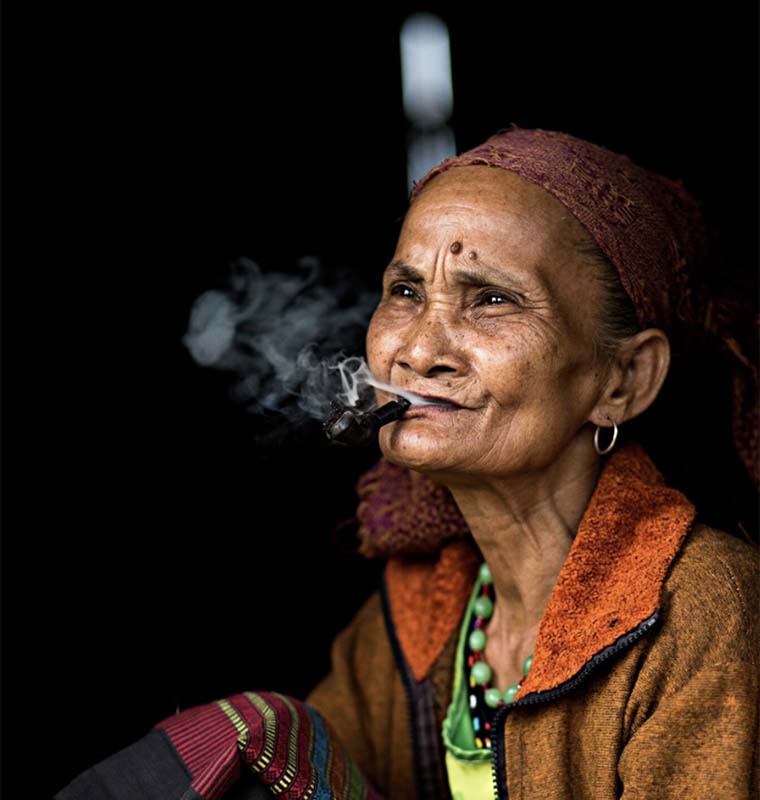
Bru - Van Kieu means "people living in the forest." Réhahn photographed this woman from a group Bru - Van Kieu in Quang Tri province.
4. Cham

Cham people and Muslims have their own language, live in southern Vietnam, including several thousand in the deserts of Ninh Thuan.
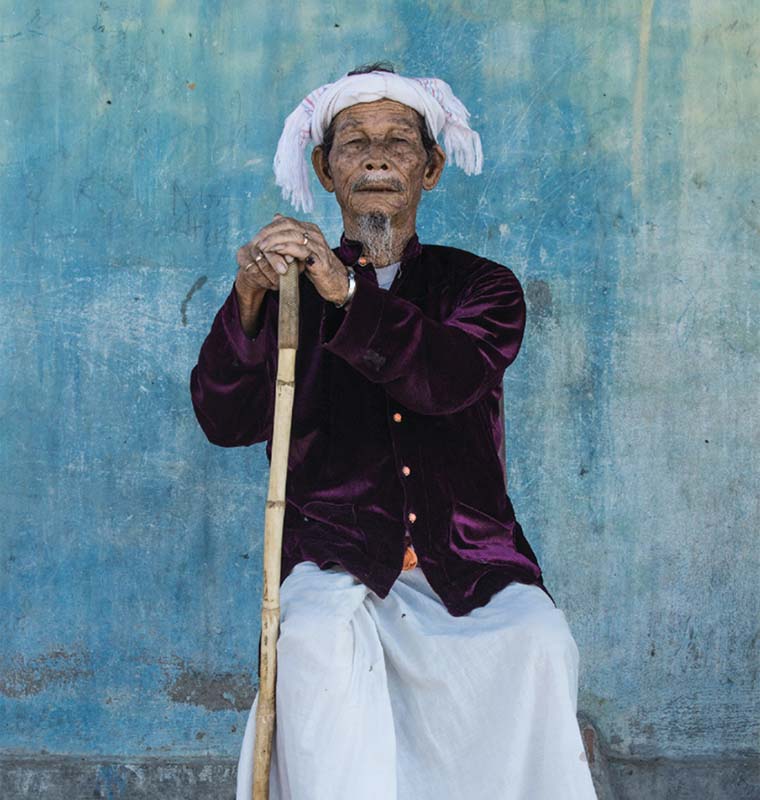
5. Co Tu

The Co Tu ethnic group lives in the lowlands and highlands of Quang Nam province in Central Vietnam. For centuries, men used to wear bark skins.
6. Dao

Dao people often cultivate terraced fields in the beautiful mountains in the North, which has been recognized by UNESCO as World Natural Heritage.
7. E De

The Ede people are one of the only matriarchal peoples in Vietnam. Women wear a long sarong, while men wear a linen suit and a gown vest. They live mainly in the Central Highlands.
8. H'mông
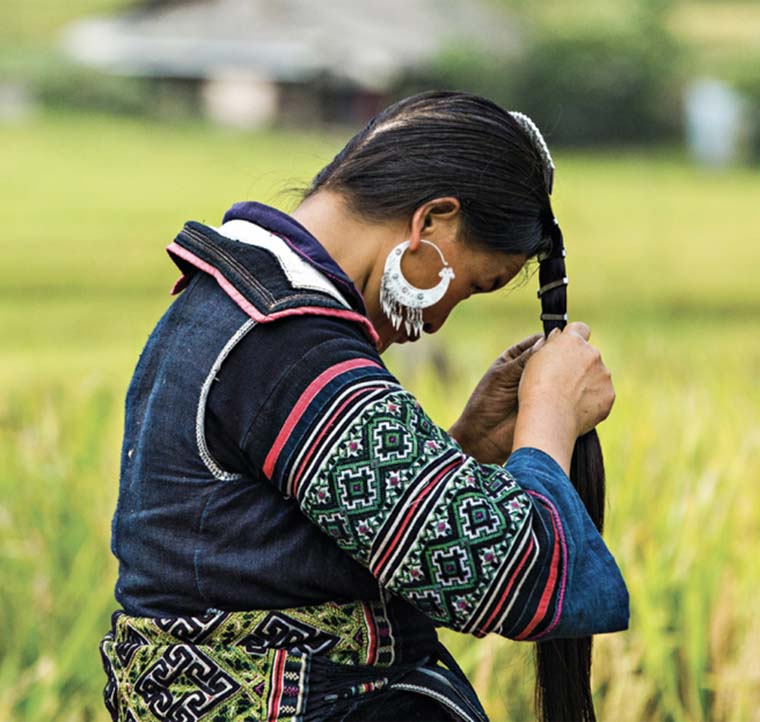
Being skillful in sewing and embroidery, which is a hallmark of H'mong culture. Complex patterning and embroidery techniques are passed down through the ages. The pattern of the H'mong created on the cloth, the clothes are considered exquisite.
9. La Chí

La Chi people often live in Ha Giang and Lao Cai. La Chi men are skilled builders, known for their ability to decorate household appliances and bamboo rattan.
10. La Hu

La Hu people also have other names such as Xa La Vang, Co Xung, Khu Sung or Kha Quy. La Hu people live in China, Vietnam, Myanmar and Laos They live in Muong Te, Lai Chau and known with the legendary tiger hunter, the name "La Hu" means "as strong as a tiger".
11. Lo Lo
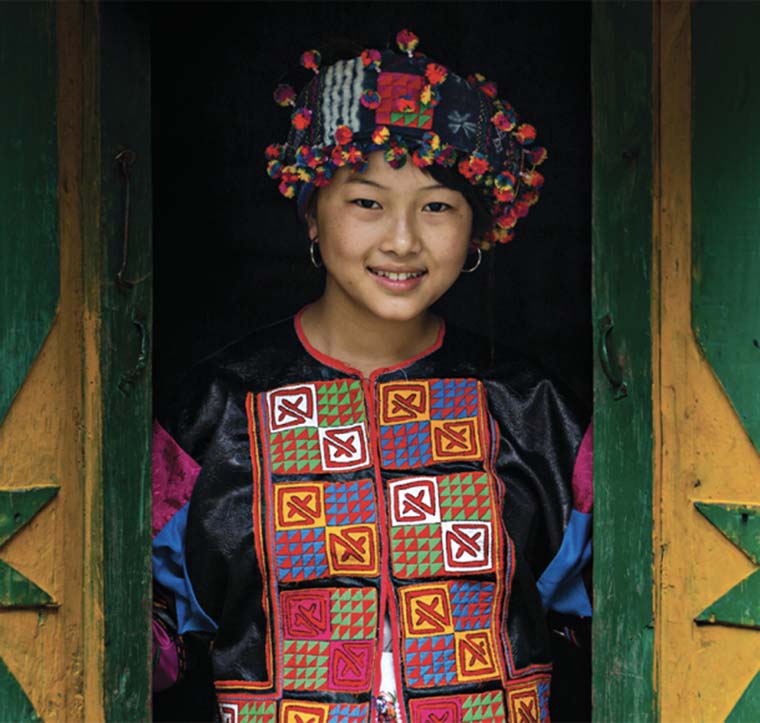
The Lo Lo or so called Di, Mud Di, Di Di, La La, Qua La and O Man. The Lo are divided into three groups, which can be distinguished by the colors of the traditional costumes. The Lo Lo people in Vietnam reside mainly in Dong Van (Meo Vac), Bao Lac (Cao Bang), Muong Khuong (Lao Cai).
12. M'nong

The M'nong are skillful elephant’s trainer, and elephants usually play an important role in M'nong folklore and in village life. They live in the southwest mountainous districts of Dak Lak, Dak Nong, Quang Nam, Lam Dong and Binh Phuoc.
13. Ơ Đu

“o du” people in Thai, meaning "very good". In Vietnam, they live mainly in Tuong Duong district, Nghe An province. At the age of 78, Vi Thi Dung is the last woman still wearing her traditional wedding dress.
14. Pa Then

The Pa family mainly lives in Ha Giang and Tuyen Quang. The characteristic of Pa Dam is an indigo cloth wrapped in several rings on the head, which is the way the worst scarf is wrapped in a wide spread like a hat, or artificial on the roof of the ear. Costume colors are mostly red, black, white. Pattern is made from weaving.
15. Phu La
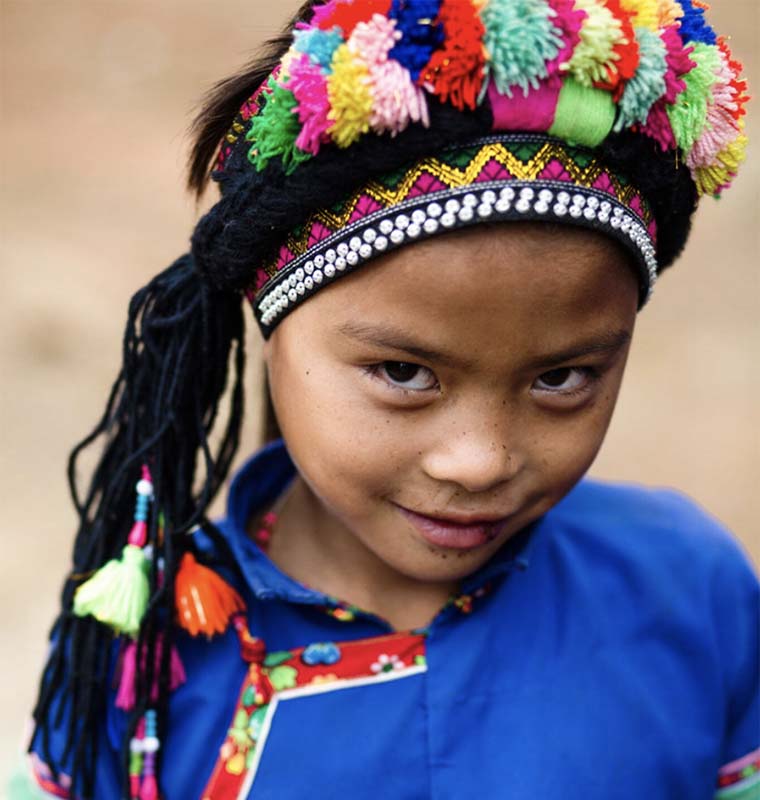
The majority of Vietnamese Phu La people live in remote villages in Lao Cai, Lai Chau, Son La, Ha Giang. Small communities usually have only 10 to 15 families and have the leader of the village.
The exhibition takes place at Precious Heritage Art Gallery Museum (No. 26 - Phan Boi Chau Street, Hoi An) introduces 45 ethnic costumes of Réhahn photographers, as well as many artifacts and images. Guests can enter the exhibition free of charge, open 7 days a week, and Réhahn's gallery in Ho Chi Minh City, where books and books are sold, and supports the photographer's Giving Back Project (Couleurs d 'Asie by Réhahn - 1 st floor, 151/71 Dong Khoi, HCMC). All images in this story belong to the copyright of photographer Réhahn.
Comment
Other Blog
Categories
Latest News
on 31 Dec, 2025
on 31 Dec, 2025
 Español
Español Français
Français
















Morgane Ter Cock
on Dec 18, 2025HerbertPhomaMS
on Oct 19, 2025Lilyan Cuttler
on Oct 15, 2025Avenue17XC
on Sep 14, 2025Avenue18JL
on Jul 21, 2025